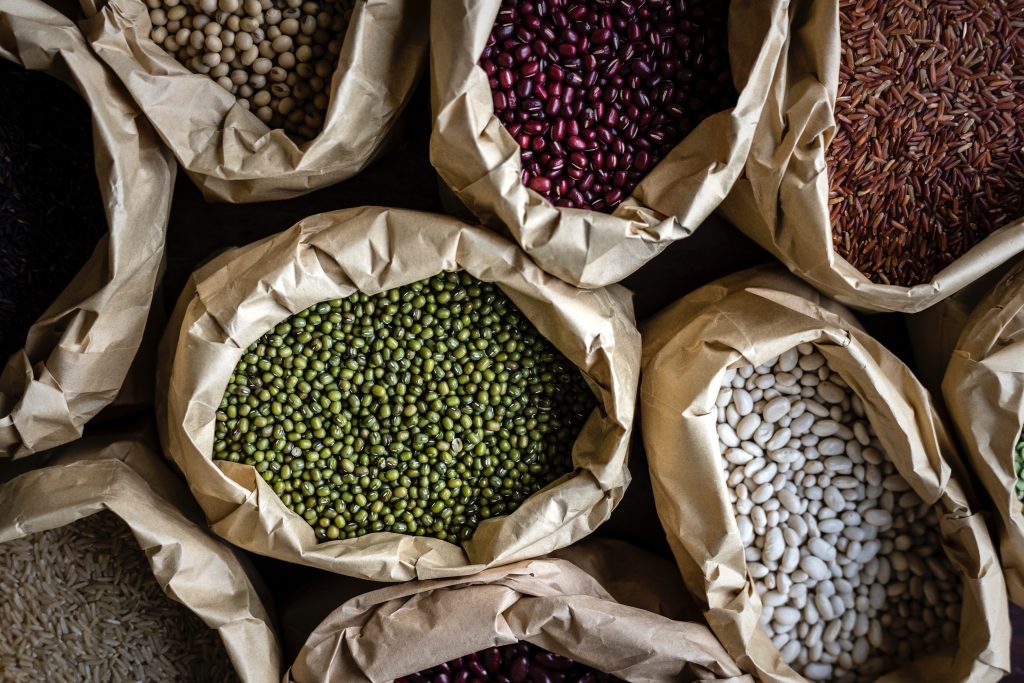Use Beans to Lower Cholesterol in Just 3 Weeks

More than one study has supported the effectiveness of dry beans to lower cholesterol levels. A meta analysis released in the Canadian Medical Association Journal analyzed the results of twenty-six randomized controlled trials lasting at least three weeks in duration.
The findings conclude that consuming a diet that includes beans, chickpeas, lentils, and peas does lower low density lipoprotein (LDL) cholesterol levels.
How much must you eat?
The diets in the analyzed studies consumed an average of 130 g/day. This would be equal to about 1 serving of beans, chickpeas, lentils, and peas. One serving is equal to ½ cup of kidney beans, pinto beans, or chickpeas.
Study participants who consumed ~1/2 cup servings of beans every day for a 3 week period of time had an average reduction in LDL cholesterol levels of 6.5 mg/dL.
Imagine the potential improvement in levels if consumed over a longer period of time. An easy and effective way to promote healthy cholesterol levels.
How do beans impact cholesterol levels?
Beans include fiber. A ½ cup serving provides 5.5 – 8 grams of total fiber. Out of the total, 1 – 3.5 grams is viscous, or soluble, fiber. This soluble fiber directly binds to dietary cholesterol in the intestine. This interrupts the process that leads to the synthesis of cholesterol in the liver. This means instead of producing cholesterol, the liver must utilize cholesterol circulating in the blood.
Beans also contain phytoesterols and saponins…granted in low levels. Phytosterols and saponins have been found to inhibit cholesterol formation.
Are there any other benefits?
Not only do beans provide cholesterol lowering benefits to promote heart health, they also support an overall healthy diet. Beans are a source of potassium, magnesium, and antioxidants. These three nutrients also play a role in blood pressure control and overall cardiovascular disease risk.
What is your next step?
The National Cholesterol Education Program Expert Panel on Detection, Evaluation, and Treatment of High Blood Cholesterol in Adults guidelines include dry beans as a good low saturated fat protein source and source of soluble fiber. The panel recommends the inclusion of dry beans as part of their Therapeutic Lifestyles Diet.
Beans cooked from scratch tend to be lowest in sodium, but you can buy canned beans with “no sodium added”. Beans are typically inexpensive, so shouldn’t be difficult to add to your food budget.
The unpleasant side effects (ie flatulence) can be reduced if you gradual increase your intake of beans and soak the beans before you cook them. Your digestive system will typically become accustomed to a higher bean diet.
There are many, many good recipes available for preparing bean dishes. The Bean Institute is one recipe resource.
If you are working to lower cholesterol levels, you may access the ecourse How to Lower Cholesterol in 8 Simple Steps at http://lowercholesterolwithlisa.com.
All the best,
Lisa Nelson RD



